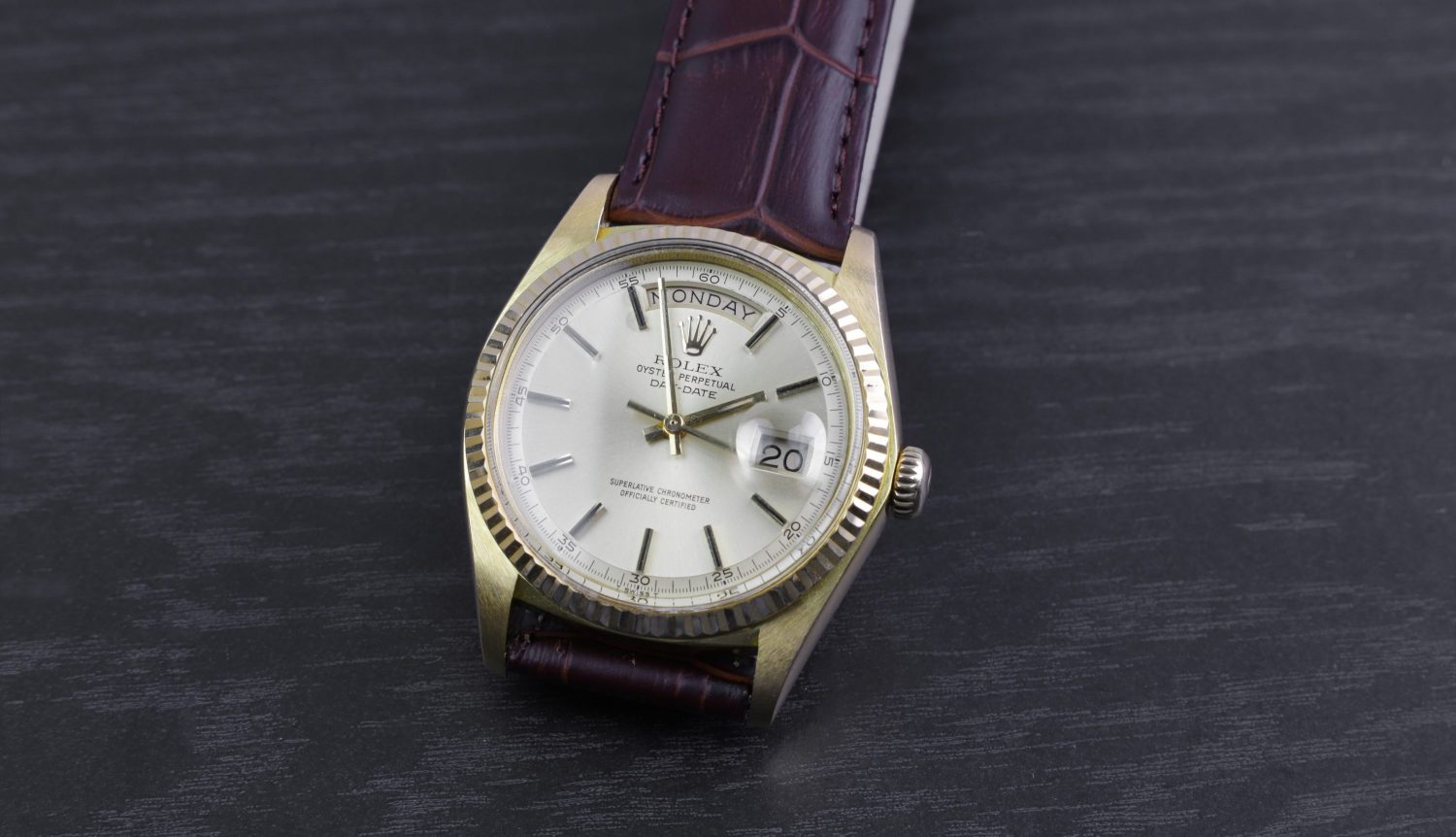
Does PolyWatch Actually Work To Remove Crystal Scratches?
PolyWatch is a cream that contains a very light abrasive material that will gently but effectively grind down your acrylic/plastic watch glass crystal, resulting in a scratch-free finish.
The purpose of Polywatch is to remove hairlines and scratches from watch crystals.
Many watch crystals are equipped with sapphire or glass crystals that are more difficult to scratch, but many watches, in particular, older and vintage watches are equipped with acrylic/hesalite/Plexi crystals, which is essentially a form of plastic, which thus naturally tend to scratch quite easily. If your watch has a plastic crystal, it will particularly get hairlines as materials such as your cuff or jacket scratch and rub against the crystal. Other materials may even result in deeper scratches. The issue with acrylic crystals is that as they get more scratches, they reduce the readability of the dial.
The short answer is that yes, Polywatch works to remove scratches from watch crystals. Note, however, that this only applies to watch crystals made of plastic, hesalite, or acrylic. Polywatch will not work on sapphire or glass crystals as the abrasive material is not able to grind down the glass as it can with plastic. If you use Polywatch on glass crystals, it can instead cause scratches.
How does PolyWatch work?
As mentioned, Polywatch has a light abrasive material that grinds down the surface of the plastic and thus creates a more even surface that grinds the surface to a polished and scratch-free finish. According to PolyWatch, when the plastic is ground off, it also ”melts” into the scratches to help remove the scratches. Lastly, the watch crystal polishing cream also contains some ingredients that dissolve the acrylic to some degree in order to help the crystal have its scratches removed.
Polywatch is especially great for superficial hairline scratches as it doesn’t require a lot of grinding of the plastic material on the crystal. However, PolyWatch also works well for deeper scratches, although you need to apply more pressure and polish for a longer period of time.
A tip when polishing is to put masking tape around the crystal in order to avoid accidentally scratching the bezel or case. Furthermore, the cream may cause oxidation or may react negatively with the watch if left.
How to use PolyWatch
I apply Polywatch with a slightly damp cloth and rub in a circular manner. Works great on acrylic crystals and, with enough elbow grease, will even remove some fine scratches from mineral glass.
To use Polywatch to polish your scratched watch crystal take a cloth (some use a damp cloth, but either works fine). Begin by applying a drop of the cream on the crystal and start polishing the crystal with circular and slow motions. How long and how much pressure you should apply depends on how deep and how badly the crystal is scratched. You can, therefore, start by polishing for about one minute with moderate pressure. Once done, check the result. If you still have scratches remaining, you can add more cream, if necessary, and if you have deep scratches, you can apply more pressure and rub it for a few minutes.
When you are done and start seeing results, wipe off any residue from the crystal. You can do this with a clean cloth.
When you are done, it will leave your acrylic or plexi crystal flawless and free of scratches, allowing perfect legibility onto the dial. The benefit of this is that you don’t have to replace your whole watch crystal in case it only has scratches. This is both a cheaper and more effective alternative.
The tube is enough for about 10 polishing rounds.






